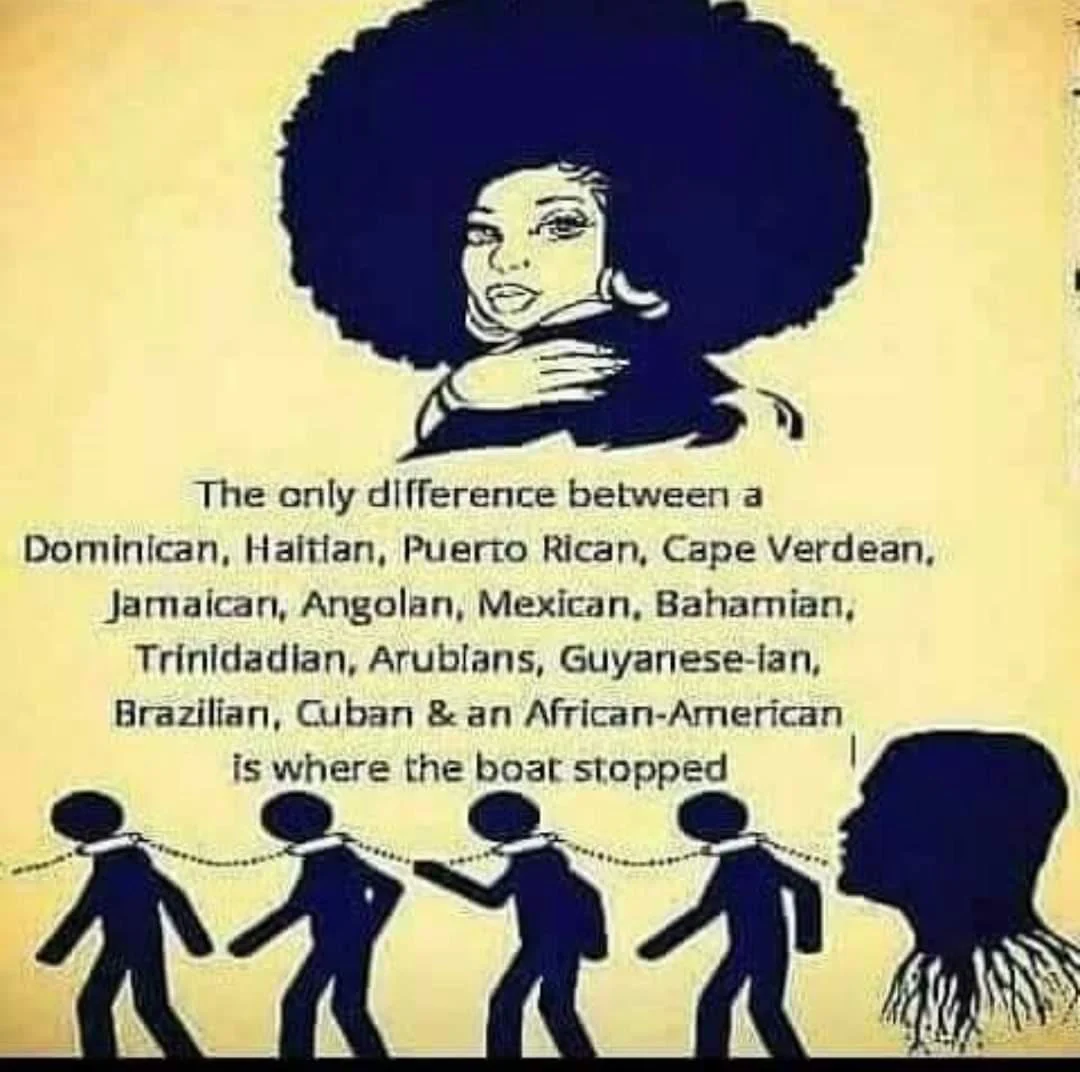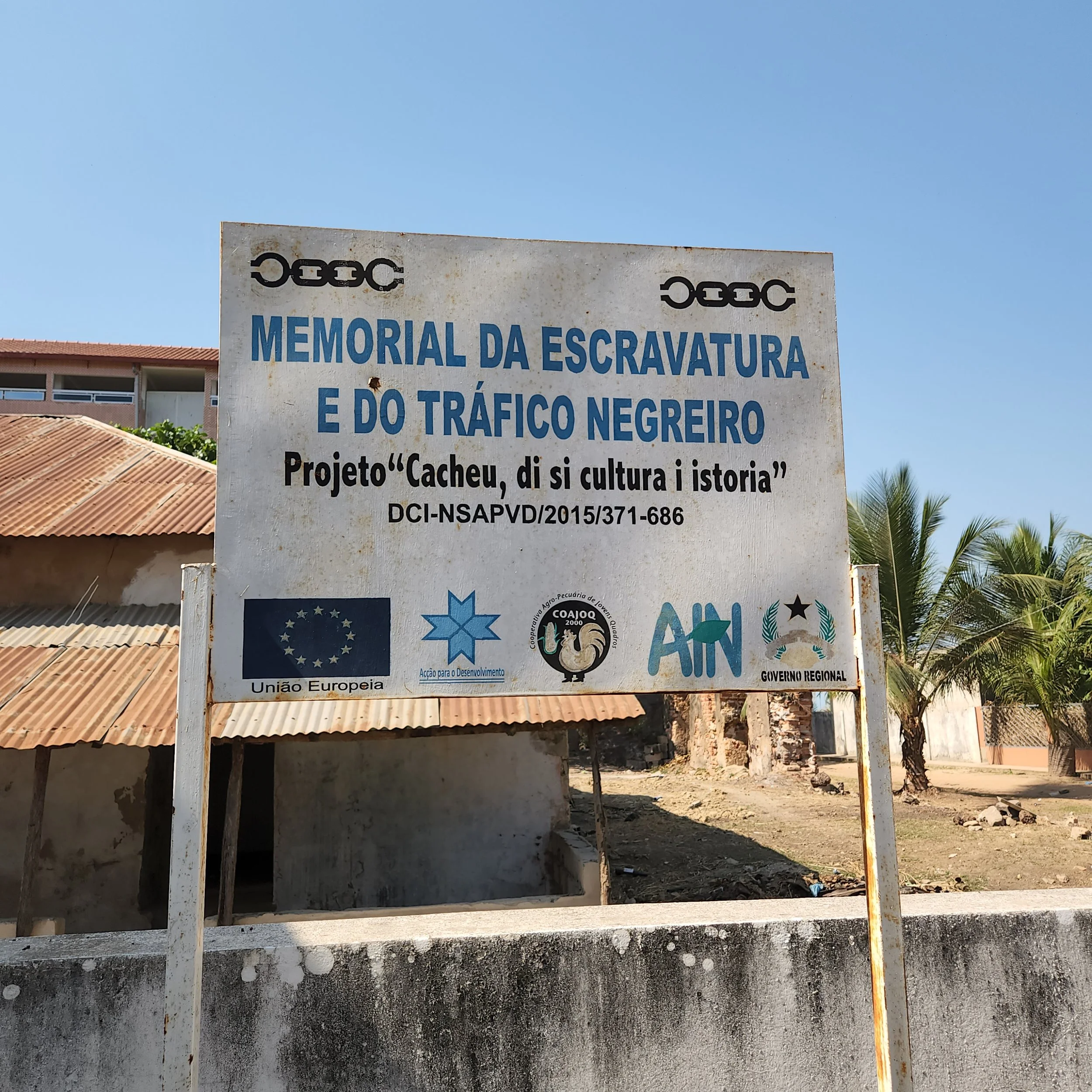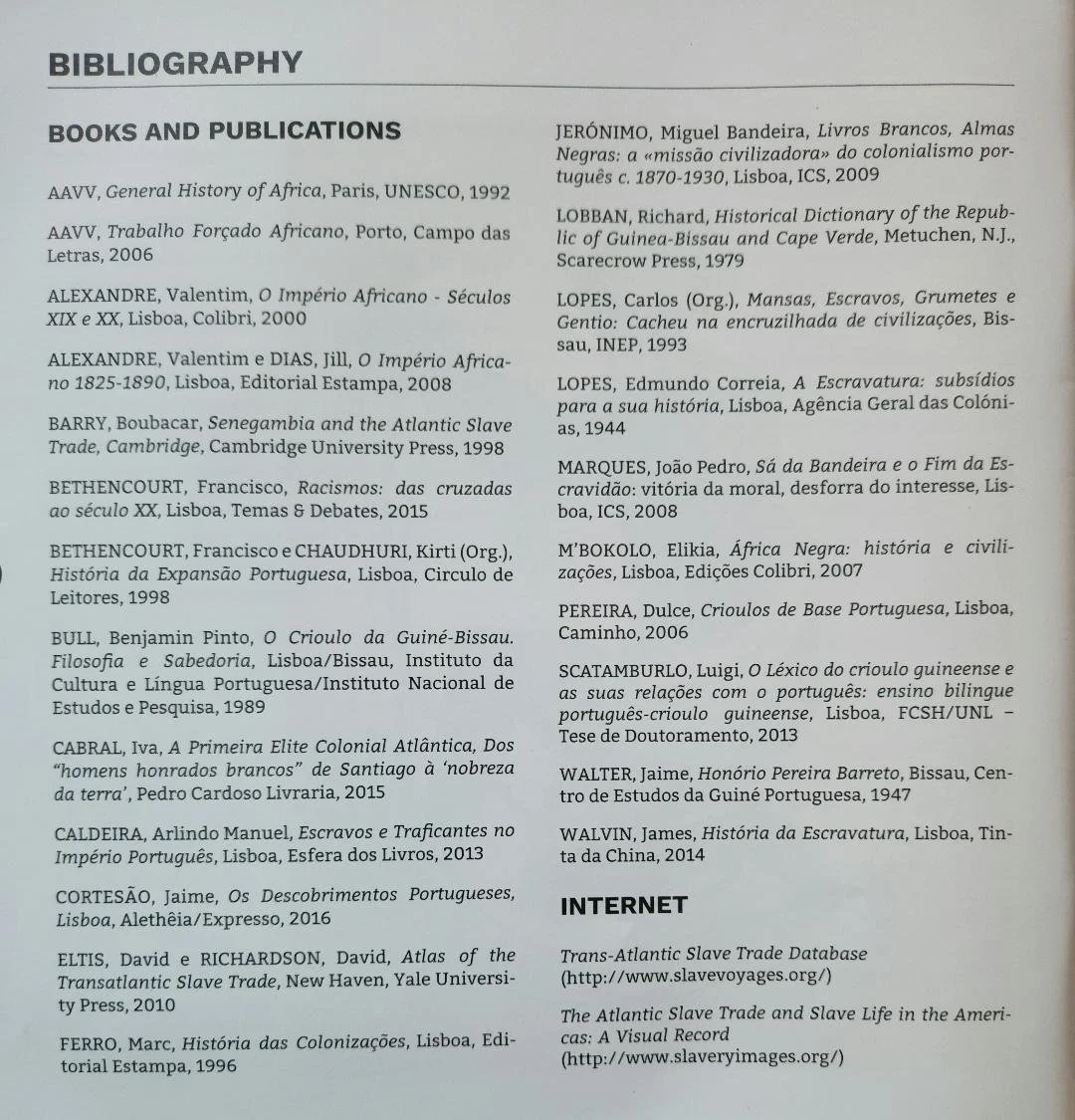Chapter 5 Cacheu, Guinea Bissau
The next morning, as the sun rose, well rested and in a good headspace, so did I. After breakfast, I met Daiana and Siphiwe in the lobby of the hotel. The driver, a handsome young man name Elijah, was waiting in a SUV right outside the entrance way. It was a beautiful warm sunny day when we stepped outside, February 3rd to be exact. The drive to the town of Cacheu was going to take 2 and 1/2 to 3 hours. There were parts of the road that were extremely undeveloped, bumpy and rough. The red dust from the road clung in the air as jiggy vans, motorcycles, and bikes navigated the road, while people navigated walking on the sides. We stopped midway to grab snacks. Despite the bumpiness, dips, jerks, and dust, I enjoyed taking everything in and observing the everyday lives of people throughout the (what I would call) countryside of Guinea Bissau.
We arrived in the town of Cacheu located in northwestern Guinea Bissau in the early afternoon. For most of the 17th and 18th centuries, Cacheu was one of the official slave trading posts because of its proximity to the Atlantic Ocean. Notice that close to 20 million enslaved people were transported from the western coast of Africa between 1650 and 1860.
Today, the town of Cacheu is territory of the Papel people. It houses the fort and museum which are important sites of remembrance for the trans-Atlantic slave trade. Several events and memorials have been held in Cacheu to reflect on the grim history of Portugal’s first settlement in in this region of Africa. Upon arrival at the Fort and Museum, I was met with this sobering sign.
Memorial da Escravatura e do Tráfico Negreiro (Memorial to Slavery and Trafficking of Black People). As you can imagine there are not many visitors to this sacred place. There aren’t any regular daily tours. From what I gathered, there is a guy that lives nearby who has keys to the museum which is housed in a 300-year-oid historic building. I was so very fortunate that Daiana and Siphiwe have personal connections with this gatekeeper. Therefore, he had anticipated our arrival that day. Before we entered the museum, I had the rare opportunity to purchase a book entitled “Slavery and Slave Trade Memorial”. I say rare because this book you won’t find on Amazon or anywhere on the internet. I search and search for it because it is full of information, dates, details, and pictures that are explicit and factual. I desperately want to share every page with you. However, I’ll share the next best thing which is the bibliography page. Therein lies all the resources (internet links included) which came together to create such a valuable lens into what really took place here during the Trans-Atlantic Slave Trade.
We started off touring the museum. I viewed artifacts that included various objects such as iron sticks, whips, pots, chains, and metals used to mark slaves. I tried to imagine my skin being seared. But I couldn’t. Nevertheless, there encased in glass were the tools that were actually used, right before my eyes. Next, we walked a short distance over to the area that housed the captured before they were forcibly taken away from their homeland.
I felt them, the ancestors, the men and women crammed in that tight space scared, crying, hurt, hungry, wounded, and for the first time in their lives being treated less than humane. I don’t know my maternal ancestor’s name, the female who made it to the Americas some 200-250 years ago. She didn’t die on the ship, she didn’t jump off, she wasn’t killed, she survived the passage. Now, once she arrived, she was raped repeatedly and her bloodline became mixed with this, that, and the other. But before she was stolen, DNA proves that HER ORIGINAL BLOODLINE WAS FROM GUINEA BISSUA, WEST AFRICA, AND THAT SHE WAS FROM THE FULA TRIBE. Now, I was standing there, in that space on that sacred ground…thanking her, loving her and telling her how very proud I am to be her descendant.
Right off the town's waterfront was a small restaurant, that served the most delicious fish, rice, and vegetables. Before we ate lunch though Shipewe, who is a National champion swimmer, honored the ancestors by swimming in the channel waters back and forth in both directions East and West. I was awe struck by his homage.
https://www.instagram.com/siphiwebaleka/
He is my brother, friend, mentor, and one of the most passionate scholars I know. The above link will lead you more about this visionary and his current projects,
The return trip was uneventful, and relatively quiet. Except for when the young handsome driver was told to pull over at a checkpoint. Even that experience went off without a hitch, checking his travel paperwork just delayed our return to Bissau about 20 minutes. We arrived back early evening and had dinner before parting ways for the night. It was an emotionally contradicting day. I was filled with both sadness and joy, anger and love, pride and prejudice.
Today’s tour was heavy, but it was imperative that I got a good night’s sleep. The next morning, I would be boarding a fast boat with Daiana and Siphiwe, and traveling on the Atlantic Ocean, for an overnight on Rubane (pronounce Ru- bond- knee) Island. Talk about contrast…stay tuned.😉










